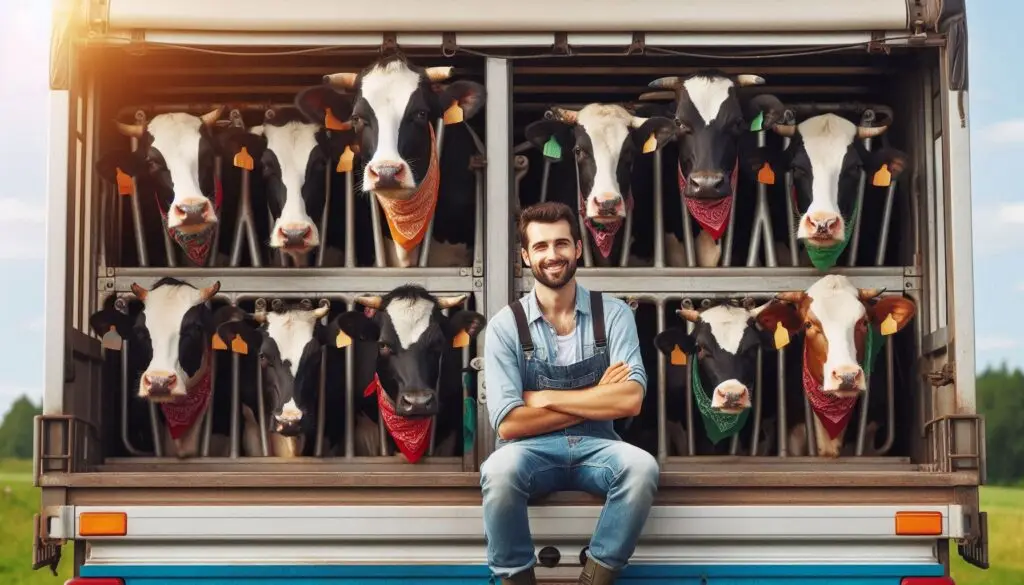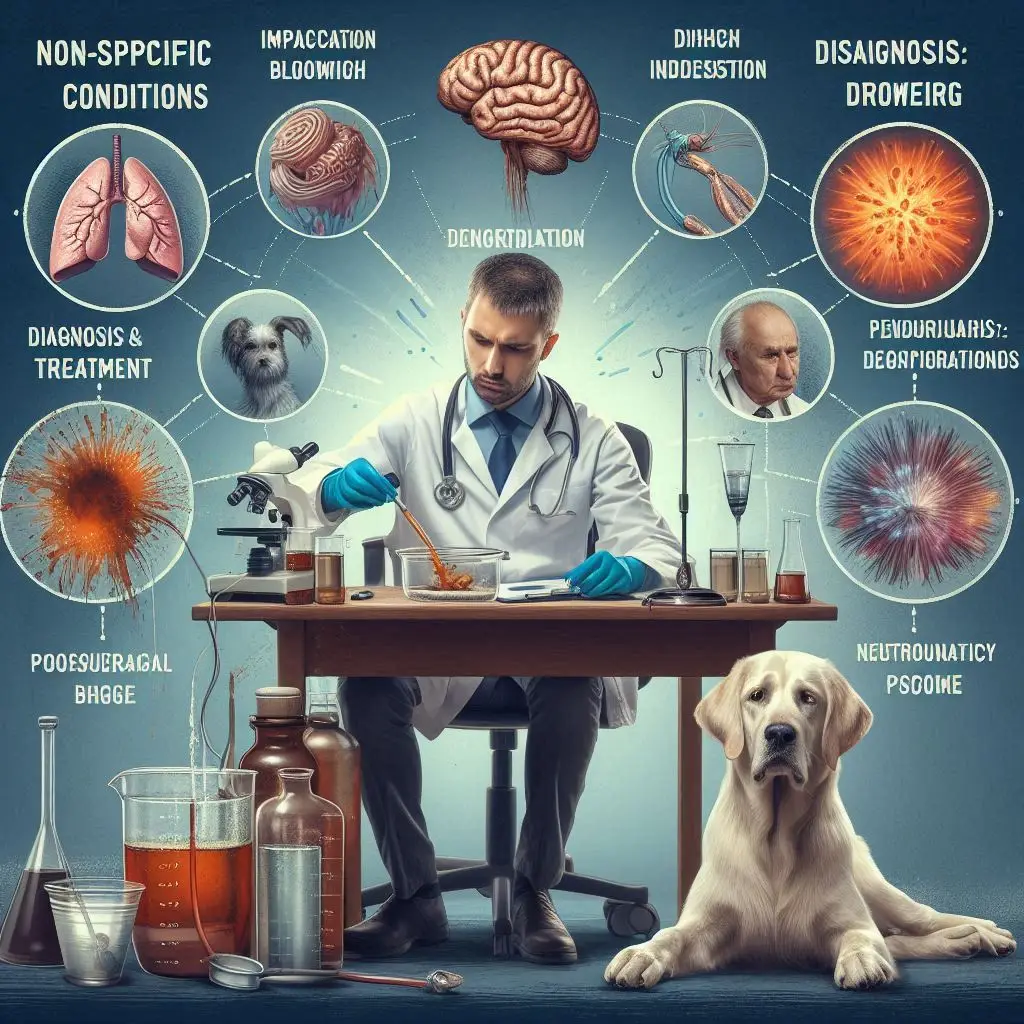Rabies in Dairy Cows

What is Rabies?
Rabies is caused by the rabies virus (RABV), a member of the Lyssavirus genus. It attacks the central nervous system, leading to neurological symptoms and eventual death. Dairy cows, like other mammals, can contract the virus through bites or open wounds exposed to infected saliva.
Learn more about the rabies virus here.
How Rabies Spreads in Dairy Cows
Common Transmission Routes
- Bites from infected animals – The primary mode of transmission is through bites from rabid wildlife, such as bats, foxes, or raccoons.
- Saliva exposure to wounds – Open cuts or mucous membranes exposed to infected saliva can lead to infection.
- Aerosol transmission – Although rare, rabies can spread through inhalation in high-risk environments like bat caves.
The World Organisation for Animal Health provides more details on rabies transmission.
Symptoms of Rabies in Dairy Cows
Early Signs
- Restlessness and nervousness
- Excessive salivation
- Difficulty swallowing
Progressive Symptoms
- Aggressive behavior or unusual docility
- Paralysis of limbs and facial muscles
- Seizures and eventual coma
Important: Once symptoms appear, rabies is 100% fatal.
Read about rabies symptoms in animals from the American Veterinary Medical Association.
Diagnosis and Testing
Clinical Observation
Veterinarians assess neurological symptoms, but clinical diagnosis alone is not definitive.
Laboratory Tests
- Direct fluorescent antibody test (DFA) – The most reliable test for confirming rabies in brain tissue.
- PCR (Polymerase Chain Reaction) test – Detects viral RNA.
Find more details on rabies diagnostics at the USDA.
Prevention and Control Measures
Vaccination Programs
Regular rabies vaccination is the most effective way to prevent infections in dairy cows.
- Annual booster shots ensure long-term protection.
- State laws may require vaccination for high-risk areas.
The CDC provides rabies vaccination guidelines for livestock.
Farm Biosecurity Measures
- Fencing to prevent wildlife contact
- Rodent and pest control programs
- Regular health checkups for cattle
Post-Exposure Management
If a cow is bitten by a rabid animal:
- Isolate the cow immediately.
- Contact a veterinarian for evaluation.
- Report to local health authorities.
Learn more about rabies exposure response at the WHO.
The Economic Impact of Rabies in Dairy Farming
Loss of Livestock
Rabies leads to significant economic losses due to:
- Cattle mortality
- Disruption of milk production
- Costs of testing and vaccinations
Legal and Public Health Concerns
Rabies in dairy cows poses a public health risk, especially if milk contamination occurs. Pasteurization kills the virus, but authorities enforce strict regulations on affected farms.
Understand rabies control policies from the FAO.
Conclusion
Rabies is a deadly but preventable disease in dairy cows. Vaccination, wildlife control, and early detection play crucial roles in minimizing its impact. Farmers should collaborate with veterinarians and follow local health guidelines to keep their herds safe.
More From Animal Diseases:
Paralysis in Animals





Responses